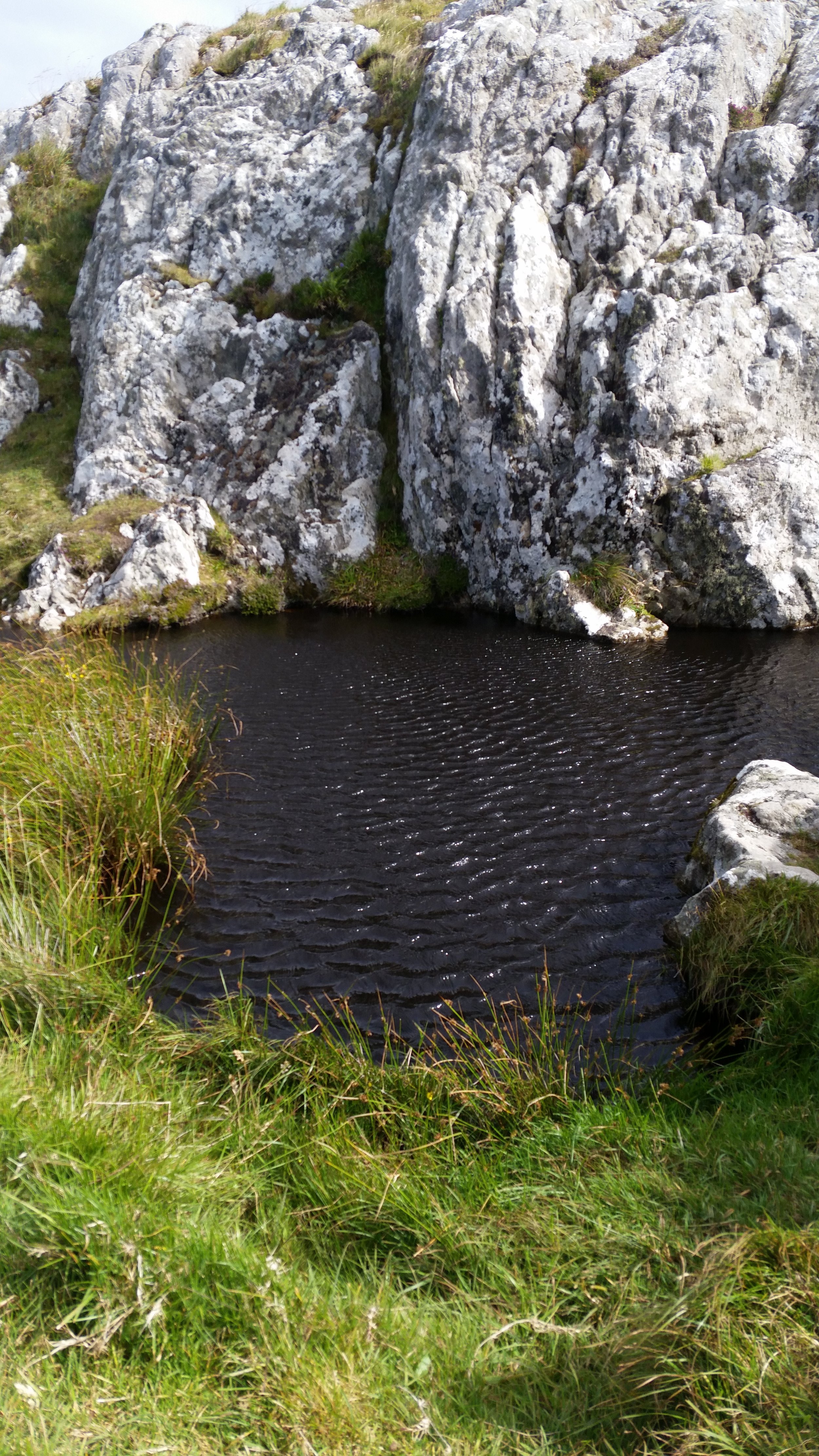Sacred Waters
Springs, wells and flowing water have long been associated with ancient goddess cultures.
In Celtic times, water was deeply revered, respected, and protected as the ‘Water of Life’.
The Celtic Goddess Brighid was the primary protector of the rivers, seas, oceans, lakes and springs. In all ancient goddess cultures, women were the ones responsible for water in all of its many expressions. Women were the guardians and protectors of sacred springs and holy wells throughout the vast lands and history of Celtic civilization.
In Celtic times, there were both ethereal spiritual essences that guarded and protected sources of water, and there were actual human women who protected sources of water. For example, the term ‘Lady of the Lake’, referred to a spiritual being that protected a lake. The most famous of these is the ‘Lady of the Lake’ in the legend of ‘King Arthur’. She was the one who gave King Arthur a powerful and magical sword, Excalibur. And it was to her that the sword was returned.
Sources of springs and wells were considered to be access points to the Otherworld. The Otherworld is a place or dimension that one could travel to that was characterized as a place of everlasting youth, health, joy, beauty, and abundance. The Otherworld was known to be accessed through wells and springs.
Let’s look further at our global ancestors’ ancient view of water and compare it to the present day. Water, in addition to the other elements of earth, air, and fire was considered sacred to the Celtic people, particularly to the Celtic Druids and Druidesses. Water was believed to have certain magical qualities in addition to its life-giving qualities.
Just outside the Abbey on Iona, for example, there is a stone trough built to contain water, and the legend is that if a person poured three handfuls of water into the trough before making a trip out to sea, then a safe voyage would be assured. Water was a means for communion with spirits in asking for protection and safe passage from the elemental beings. And from the Celtic Goddess Brighid herself!
Churches were commonly built over subterranean springs where a perpetual source of holy water would fill a crypt or grotto. The Iona Abbey is built over such a subterranean spring, and the still-existing (though not functioning) stone well built on the Abbey grounds close to the main entrance would have been a source of water for both drinking and ceremony for the previous island residents, including the Druids and Druidesses prior to Columba’s time. No doubt that in pre-Christian times, the holy wells on Iona would have been honoured and appreciated as sacred and divine for thousands of years.
The Iona Abbey Well would have been a very important holy site in its day. Primary sacred sites around the world typically have a water source very close by.
In early Christian times across Scotland, Wales, and Ireland, churches and hermitages were frequently built over or alongside existing wells or springs. The sites of original wells and springs were key locations for local community gatherings. They were centres of ceremony and ritual, and were considered places to journey to for healing of particular ailments.
Water is well known for its customary use in the shamanic practices of Indigenous peoples around the world, including the ancient Celts and Celtic Druids.
Modern day water ceremonialists frequently use blessed water that has been gleaned and then blended from sacred water sites all over the world.
This is a potent holy grail of blessings that when used consciously can contribute to cleaning and clearing
Earth’s precious bodies of water.
It is the quantum and resonance effect of placing only a small quantity of hyper-charged and intentionally blessed water. Such blessed water is then placed into larger bodies of water such as lakes or rivers, carrying those blessings and affirmations.
Water travels around the world in its own eco-system network of underground springs, streams, rivers, and lakes. It also evaporates and becomes part of cloud systems, eventually pouring its blessings upon us all, all over the world. Water is mighty. It is the dominant characteristic of our physical planet, and of our physical human bodies, too.
Christian history says that John the Baptist used water as the medium to establish a permanent connection between the person being baptized and God. Water was the medium through which the Holy Spirit would enter. Water was itself blessed and holy.
The Holy Spirit was seen as representing the feminine aspect of Creator, the Divine Feminine, and when John baptized Jesus, the Holy Spirit was seen as a Dove. Dove, Water, and the Holy Spirit of the Divine Feminine are deeply intertwined.
“Holy water and holy wells are an intrinsic part of the spiritual cultures and traditions of people around the world, including global Indigenous Peoples, Hindus, Egyptians, Celts, Buddhists, Muslims and Christians, to name a few.”
In ancient days, Spirits of the water were recognized as living entities, as beings in their own right, beings with which one could communicate. Water spirits or guardians of wells or springs could grant wishes, receive prayers, be part of an incantation, or bring healing. Water was powerful. Water was revered. Water was sacred.
Glyphs and nymphs were some of the names given in Celtic traditions to the beings who were responsible for the maintenance of the life force of water. Even though many humans have forgotten their connection to the sacredness and holiness of water, thankfully there is a global re-awakening to acknowledging the preciousness of this divine, natural, life-giving substance. Water sustains us and deepens our connection to the sacred vitality of the Earth.
Contemporary scientists have, in fact, discovered that water has intelligence and is affected molecularly by its environment. The late Dr. Masaru Emoto, from Japan, author of many books about Water, conducted experiments demonstrating that water exhibited variations in its structure in response to human thoughts and emotions, as well as to music.
Scientific research has shown that plants respond to both positive and negative stimuli such as human thoughts. Dr. Masaru Emoto’s work was a groundbreaking example that demonstrated the intelligence of water and how water also is measurably responsive to negative or positive emotional environments, sound, and even thoughts.
Our ancestors, spiritual leaders, and common folk knew that there was something special and magical about water. Hence their reverence for it, and their dedication to its preservation and adornment at holy wells and springs.
Respecting and honouring Water as an intelligent, living, and sacred substance is a necessary perspective for humans to embrace in order to return full wellness and wholeness to ourselves and the water planet that sustains us.
To read more about sacred water and holy wells, see the following sections: The Well of Eternal Youth; Holy Wells; and The Pink Lady of The Well of Eternal Youth.



